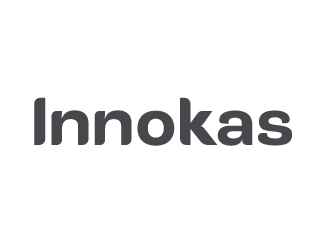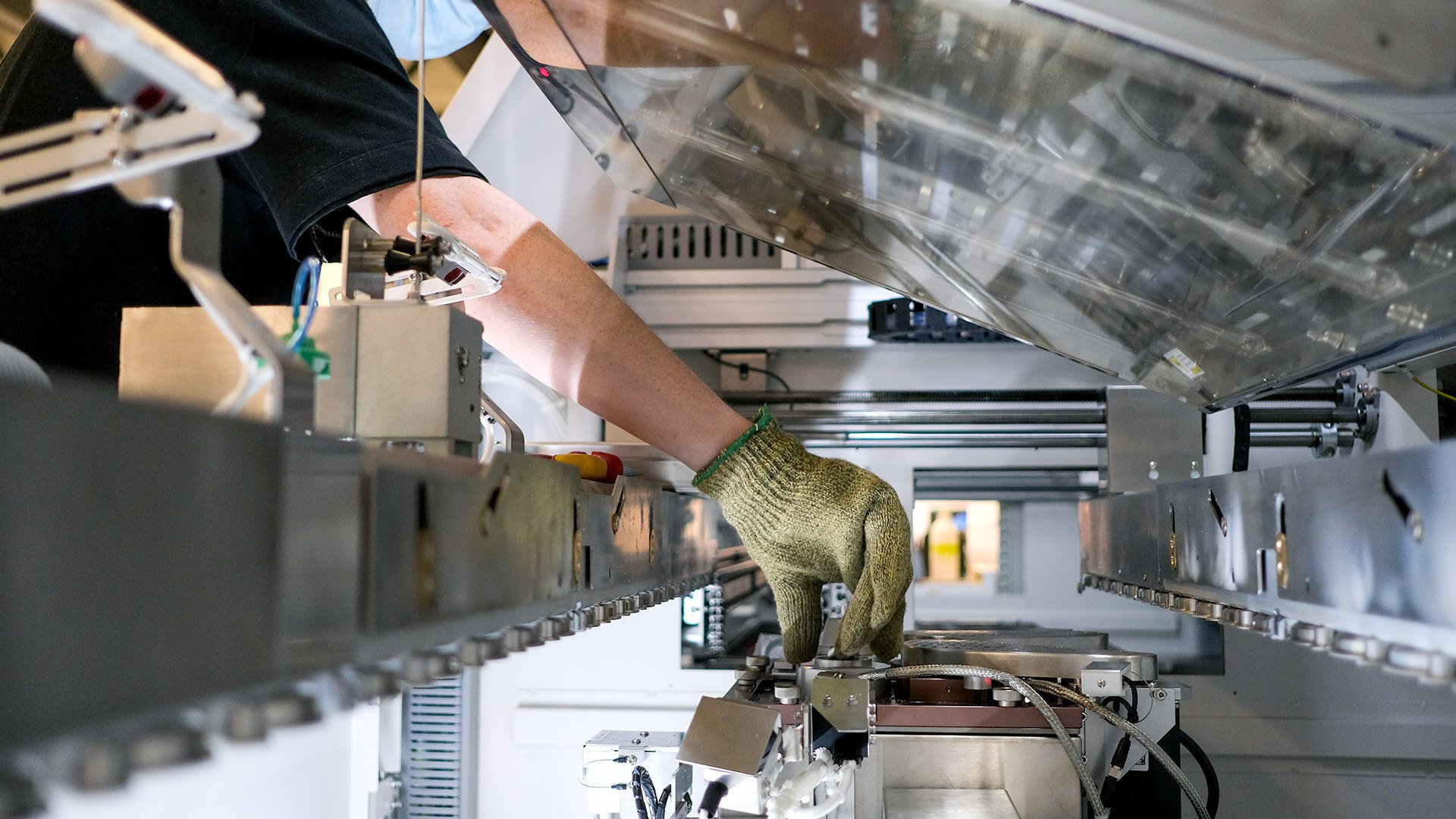Sometimes an everyday wellness device might become not just a companion in your journey to better health, but a powerful medical tool that empowers you to monitor, manage, and even predict your medical conditions with unprecedented precision. What does it require from the manufacturer who wishes to make that change? With regulatory framework in mind, many things need to be reconsidered with special attention to the devices' new stated purpose.
Wellness device vs. medical device
When asked what separates a wellness device from a medical device, our senior Quality and Regulatory Affairs (QA&RA) specialist Linda Kellberg details that generally wellness device substitutes as device that does not have clinical indications and it is not intended for use in accordance with the definition of a medical device in the EU regulation 2017/745 (the MDR), in FDA regulations, etc. Frequently, a wellness device is meant to be used for self-measurement and monitoring but cannot have features indicating clinical decision support, diagnostics, or treatment suggestions.
An additional misconception is that a device qualifies as a medical device solely because it is used by a healthcare professional or in a formal healthcare setting. However, a device can be used in support of patient care without being a medical device (e.g., a patient information system, patient - HCP video conferencing systems, etc.) – it is all dependent on the intended purpose of the device as defined by its manufacturer.
Adapting wellness devices into regulation compliant medical devices for enhanced electrical safety and performance
“Ideally for the manufacturer the device itself would remain unchanged, and would only need to be documented, appropriately verified and validated, and relabeled”, Linda discloses. “However, and especially in case of medical electrical equipment, this is often not sufficient as the standard of electrical safety and EMC (Electromagnetic Compatibility) in medical technology is somewhat different, i.e., stricter, from that of consumer electronics. It is possible that the device previously designed for wellness use only is not capable of meeting all these requirements without a more substantial change in its design,” Linda explains. “A wellness device might be perfectly safe, but in its new purpose as a medical device, it might not be able to meet the industry standard,” she adds.
One common reason for a wellness device to “fail” in medical device testing is EMC. Medical devices tend to have stricter EMC requirements than consumer electronics due to their intended purpose and their intended use environment, e.g., hospitals. It is important that the device can withstand electromagnetic interference from other electrical devices in its vicinity, and that it does not interfere with those devices accordingly. This is especially critical in hospitals, where there may be large magnetic fields present, e.g., MRI devices, and other electromechanically sensitive devices, and with devices that are lifesaving or life-sustaining, e.g., pacemakers.
Due to these challenges, a wellness device often needs to be completely overhauled with medical device regulations in mind. However, it may be possible to use some of the wellness device’s old documentation, if such exists, as a basis for the new device. For example, information previously gained from usability testing and user experiences of the wellness device can prove valuable when developers and specialists work to create the new medical device.
Contribution of hardware and software developers in co-operation with quality assurance experts
In cases where redoing the wellness device’s documentation is not sufficient and the device design needs a MedTech face lift, software developers as well as hardware developers need to be brought in to work on the design. The collaboration between the developers and QA&RA specialists is fundamental in ensuring both innovation, patient safety, and regulatory compliance. Developers contribute their technical and creative expertise to develop innovative, functional, and safe devices, while QA&RA specialists ensure adherence to regulations. This partnership involves close communication and interdisciplinary teamwork to identify and address potential issues early in the development process. By combining design innovation with thorough quality control, this collaboration results in state-of-the-art medical device that prioritizes both patients’ well-being and regulatory compliance.
“Personally, as a QA&RA specialist, I love working with our developers regardless of whether it is about electronics or mechanics, Linda discloses. “My favorite projects are those where I get to work with our Design Studio Project Managers and the project team. I support the team in making sure the project follows all the necessary steps and processes, and they help me in understanding the device better to enable appropriate regulatory affairs planning. They are all such amazing experts in what they do. We are all learning from each other all the time.”
Backed by years of practical experience in the industry, Innokas Medical’s QA&RA and Design Studio comprise dependable teams of experts proficient in revitalizing electromechanical device designs to meet new demanding objectives. If you would like to explore further, please visit our Design and Development service page as well as our Quality & Regulatory services page. You can also reach out to us for additional information and gain insights from our industry experts.











